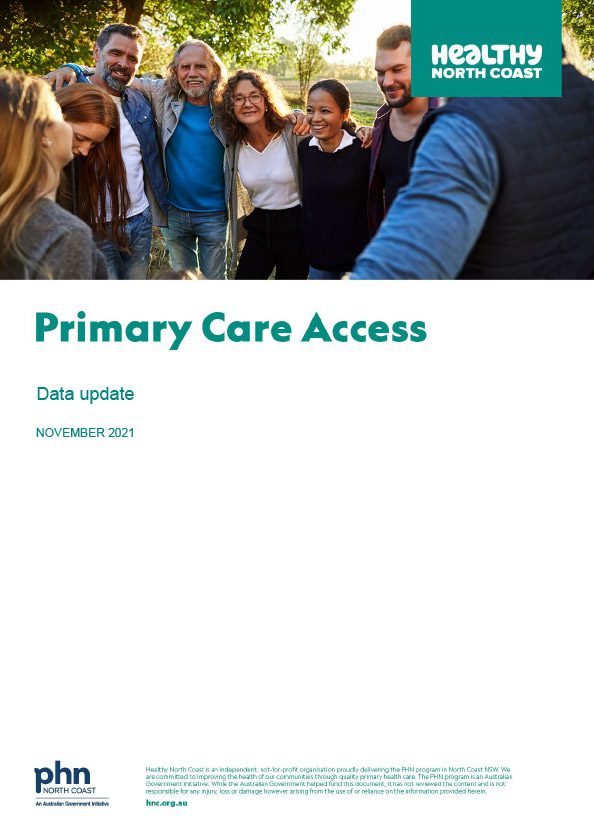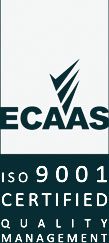Healthy North Coast’s Primary Care Access project has reached a significant milestone, with the recent awarding of two new contracts to Medibank Health Solutions and The George Institute for Global Health.
The team at Medibank Health Solutions will be partnering with North Coast communities and clinicians to develop a new model of care aimed at improving access to local and virtual health supports. The George Institute will conduct an independent evaluation over the next five years, measuring service implementation and the impact of a new model of care on improving health in our region.
The case for change has never been more relevant — our local health system and workforce are facing increasing pressure to meet the needs of our care-seeking consumers. As a region, we continue to face the simultaneous pressures of an ageing demographic, the rise in incidence and burden from multiple chronic diseases, COVID-19 and climatic events, problematic alcohol and other drug use and community mental health issues.
The new service will be evidence-based and clinically led and is the result of a comprehensive process undertaken by the Primary Care Access project team and partners.
In 2021, Healthy North Coast published a report that was updated in November; Health system demand on the North Coast: identifying and addressing primary care access issues through a service planning approach.
Report findings summarise an extensive data analysis and identify some concerning trends for how people are accessing different levels of the health system and where there is a clear need for change in where, when, and how people receive care.
Healthy North Coast CEO Julie Sturgess says the Primary Care Access project is about supporting both local clinicians and communities to make better use of existing services and empower consumers to get the right care, at the right time, from the right place.
‘The complex issues we face as a regional health system require us to start doing things differently. Primary health care — the services we get from general practices, Aboriginal Medical Services, pharmacy, dental practices, mental health and other allied health practitioners — is not being used to its full potential,’ says Ms Sturgess.
‘At the moment, we have people, especially younger generations, using emergency services like ED to access low urgency health care when they should be seeing a local GP. And we have GP appointments being taken up by people who could be seen by other clinicians or be better supported to self-care or self-manage their health.’
Improving primary care access can help to improve the health system overall
‘Our health system is certainly congested, and we believe primary health has a vital role in delivering value-based, person-centred care that drives system-use efficiencies. We need to better support people in navigating all the different available care options. Where possible, we need to offer alternate models of care to ensure better capacity for our most in-demand local services and in-need patients,’ adds Ms Sturgess.
‘We want to help to make sure that our local clinicians can provide care for people most in need. Part of this is educating our communities about when they need to see a doctor versus when they can safely access information and care from alternate sources.’
This is where digital wayfinding solutions and virtual models of care can play a significant role in delivering stronger equity to health service access and use. The new service will be developed around a centralised digital access point via phone or online. The ‘digital front door’ was a key outcome of the co-design process that involved consumer, clinician and service provider participants.
Participatory service solution design
‘Over a series of co-design workshops in late 2021 and early 2022, we heard from people living and working on the North Coast about what a more successful health system might look like for them. One of the strongest messages, especially from our younger residents, is that they want to be able to find and receive healthcare over the phone and online.
‘Participants discussed the need to see a face-to-face doctor for certain services would never change. There was agreement that by redirecting lower-needs consumers to virtual care and support to better self-manage, local GPs would have increased availability to see those patients that require in-person care. In turn, this will have a positive impact on improving access and equity to local primary care services and help to reduce preventable hospital presentations,’ explained Ms Sturgess.
‘While the new North Coast service model is still being finalised, key elements will include free 24/7 service access, nurse assessment and triage, referral to participating general practices and pharmacies for in-person consultations and telehealth where available, as well as culturally informed services and care pathways. We expect initial services to commence later this year.’
Julie Sturgess, Healthy North Coast CEO




